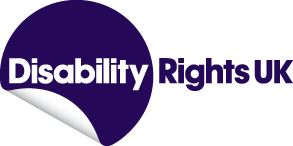Disabled access to online services
Digital Britain 2: Putting users at the heart of government’s digital services
The latest National Audit Office (NAO) survey of online services finds that there is scope for greater use of online public services but that are still significant numbers of people who cannot go online or do not wish to do so.
The report Digital Britain 2: Putting users at the heart of government’s digital services finds that:
- 83 per cent of people use the internet.
- Whether people live in a rural or an urban area appears to have little impact on their internet use
- age, socio-economic group and disability do make a difference to internet access
- 63 per cent of people who declared a disability are online, compared with 85 per cent of those without a disability.
- 50% applied for disability living allowance online
These results were based on 3000 face to face interviews and an online survey of 130 small and medium sized enterprises.
“The government in calculating potential savings has assumed that 82 per cent of transactions with public services will be carried out online, the proportion of the population currently online. Nevertheless, according to today’s report, online use of some services falls short of that level, despite the widespread access to the internet by the public and the ability by most people to carry out the kind of transactions required by online public services. For the 20 public services covered by the NAO research, the proportion of transactions carried out online by people surveyed ranged from less than 50 per cent for one service to over 80 per cent for a number of other services.”
The research identifies three main reasons why people choose not to use more public services online. These are:
- the preference by many for face-to-face contact
- a general unwillingness to provide personal information online
- low awareness of some online public services
The report suggests that departments need to plan for around four million people in England who are likely to need help in using online services. However, of those not on the internet, 48 per cent receive help from friends and family with internet access, a fact not recognized in the government’s approach to assisted digital services.
For more information and to download the report go to the NAO website.
